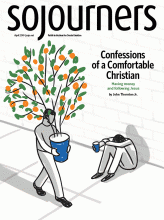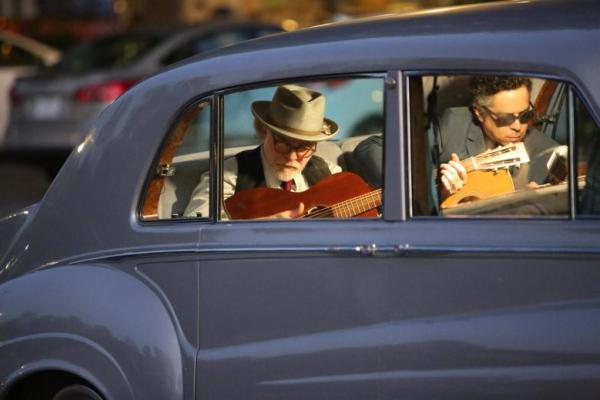THERE ARE moments in The King—Eugene Jarecki’s ambitious movie about how the rise and decline of Elvis Presley is a metaphor for America—when the film feels like a prophetic lament. Striking widescreen photography frames an original idea: taking the Rolls Royce that Elvis owned on a nationwide road trip, picking up hitchhikers and celebrities alike to talk about what went wrong.
Parts of it are brilliant: Chuck D lamenting how Elvis appropriated black music and ended up being coronated while “Big Mama” Thornton (for whom Leiber and Stoller wrote “Hound Dog”) remained a marginal figure; John Hiatt gently weeping in the back of the Rolls, his heart heavy at how Elvis “was so trapped”; the housekeeper who found Elvis half-dead on the toilet, and the women who live in one of his early homes, briefly centering the stark contrast between a 20th-century king and 21st-century poverty.
It’s brave and imaginative to include footage of Jarecki’s interviewees criticizing him and the film itself. The Wire creator David Simon says it would have been better to use one of Elvis’ Cadillacs—a more apt metaphor for American decline than the car of a British aristocrat. More challenging is Van Jones asking why Jarecki seems to defend a man who took the music of descendants of enslaved people, accrued enormous power for himself, and didn’t speak up when the nation needed public figures to support civil rights.
Read the Full Article

